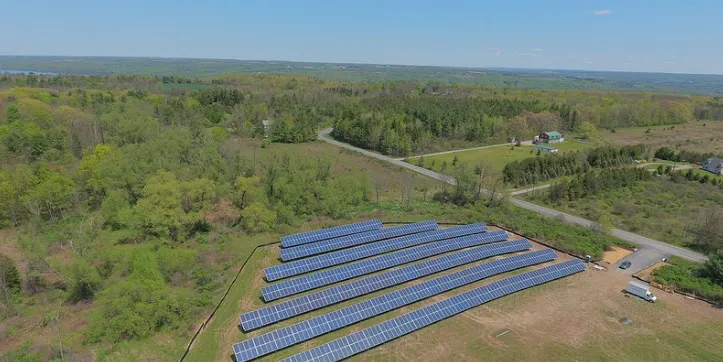New York's first 'shared renewables' solar farm powers up
The first community solar project built under New York’s “Shared Renewables” initiative has been commissioned in the state’s Southern Tier region, pointing the way towards a new market for PV that many experts believe could grow rapidly in the coming years.
